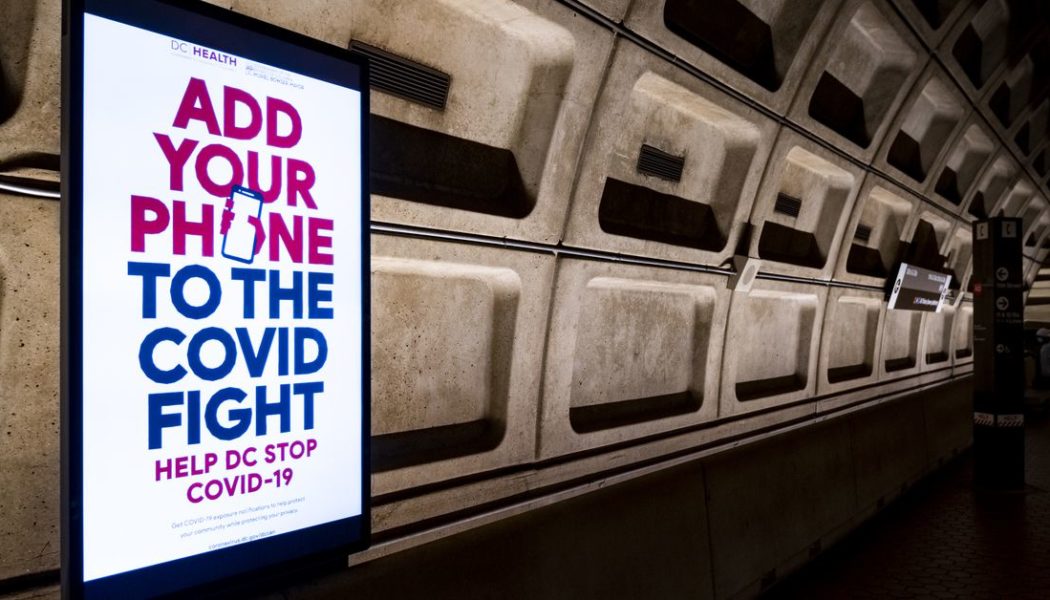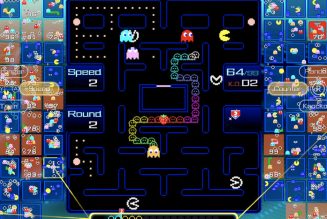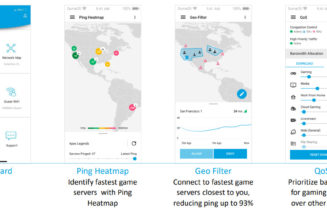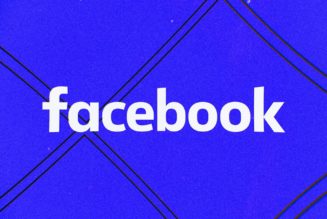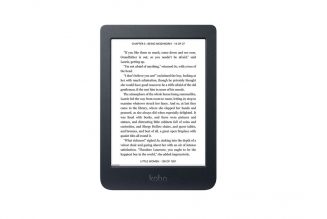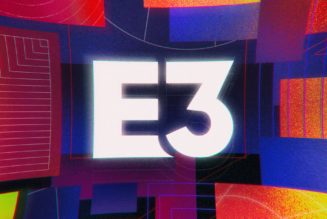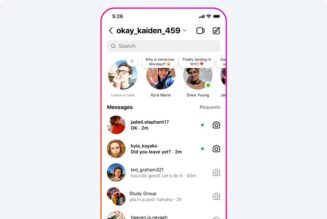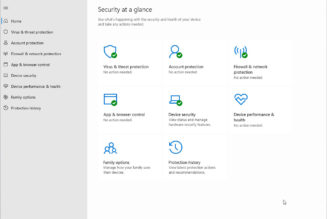
Joanna Masel is quick to recognize that the contact tracing apps built to track cases of COVID-19 aren’t as good as they could be. The apps, built on a framework offered by Apple and Google, aren’t used by many people in the United States and didn’t seem to make a big difference in the spread of the virus.
But Masel, an evolutionary biologist at the University of Arizona and advisor to the team behind the Arizona exposure notification app, thinks there are ways to make the apps more useful. In a paper published last week with colleagues, she outlined one possible improvement: adjust the apps so that they could better recognize situations where people who are exposed to the virus have a lower risk of catching COVID-19. Then, they may not need to quarantine for a full 14 days.
“The possibility of this technology is way better than the best implementation so far,” she says.
Most of the apps used in the US alert someone to a potential COVID-19 exposure if they were in the same area as someone who was potentially infectious for greater than 15 minutes. It’s a crude metric for figuring out how risky that interaction was, and recommendations from the app tend to be similarly broad: they instruct people to isolate.
It’s possible to add more nuance to that process. Masel’s paper outlined a method for including information on where someone was in relation to a sick person, which could be a proxy for how much virus they may have been exposed to. Someone closer or directly in front of a person with COVID-19 would inhale more virus than someone a few steps back and to the side. Combined with other information (like how long the sick person had shown symptoms before the interaction, or whether the exposed person develops symptoms), the app could make more specific recommendations for how long the exposed person should isolate.
“The idea is personalized public health,” Masel says. Rather than treat interactions as equally risky, it could help people understand how serious their risk of contracting COVID-19 from an interaction was. “Then you have the ability to simplify it down to very straightforward things like get tested on day x, and stay home on day y,” she says.
The way Google and Apple set up the framework for the exposure notification system makes that hard, but not impossible, Masel says. It can be done using the privacy-preserving framework. Developers would have to combine different elements of available data (like the Bluetooth readings and the amount of time someone was sick) to figure out which interactions were more likely to result in infection.
Providing personalized risk assessments and recommendations is one thing that exposure notification apps might actually be better suited to than traditional, manual contact tracing. “It’s too hard for content tracers over the phone to apply extraordinarily complex algorithms,” she says.
Boosting the app’s ability to figure out the risk of an interaction could also make it more effective at slowing the spread of COVID-19. In the United Kingdom, where around a quarter of the population used an exposure notification app, one analysis found that the program prevented hundreds of thousands of cases of the disease. Most of the benefits were concentrated in the few months after the app got an upgrade to its risk assessment function.
Masel thinks the exposure notification technology, with modifications, could be useful even after the pandemic. COVID-19 isn’t going to disappear, and people will still get sick with it after the pandemic phase of the outbreak. Outside of an active pandemic, the apps may not ask people exposed to a virus to isolate — maybe they’d just encourage people to get tested or point them toward treatments, Masel says.
But the decision to keep the tech in place isn’t a public health call. Google and Apple said last year that they plan to shut down the exposure notification program after the pandemic ends, cutting off the resource for public health officials. Masel says that shouldn’t be their call. “Why is that decision Apple’s?” she says. “Apple and Google should not be making public health decisions. I’m not saying the decisions are lazy or that my views are the only views, but I don’t think that should be the decision-making process.”
Instead, she says, experts should figure out ways to make the system better. Even the team behind the United Kingdom app doesn’t consider itself to have done the best possible job because it was created in a rush, Masel says. “We should have learned lessons on how to increase the uptake, and do better risk assessment, and designing user interfaces — we can improve on every front.”
